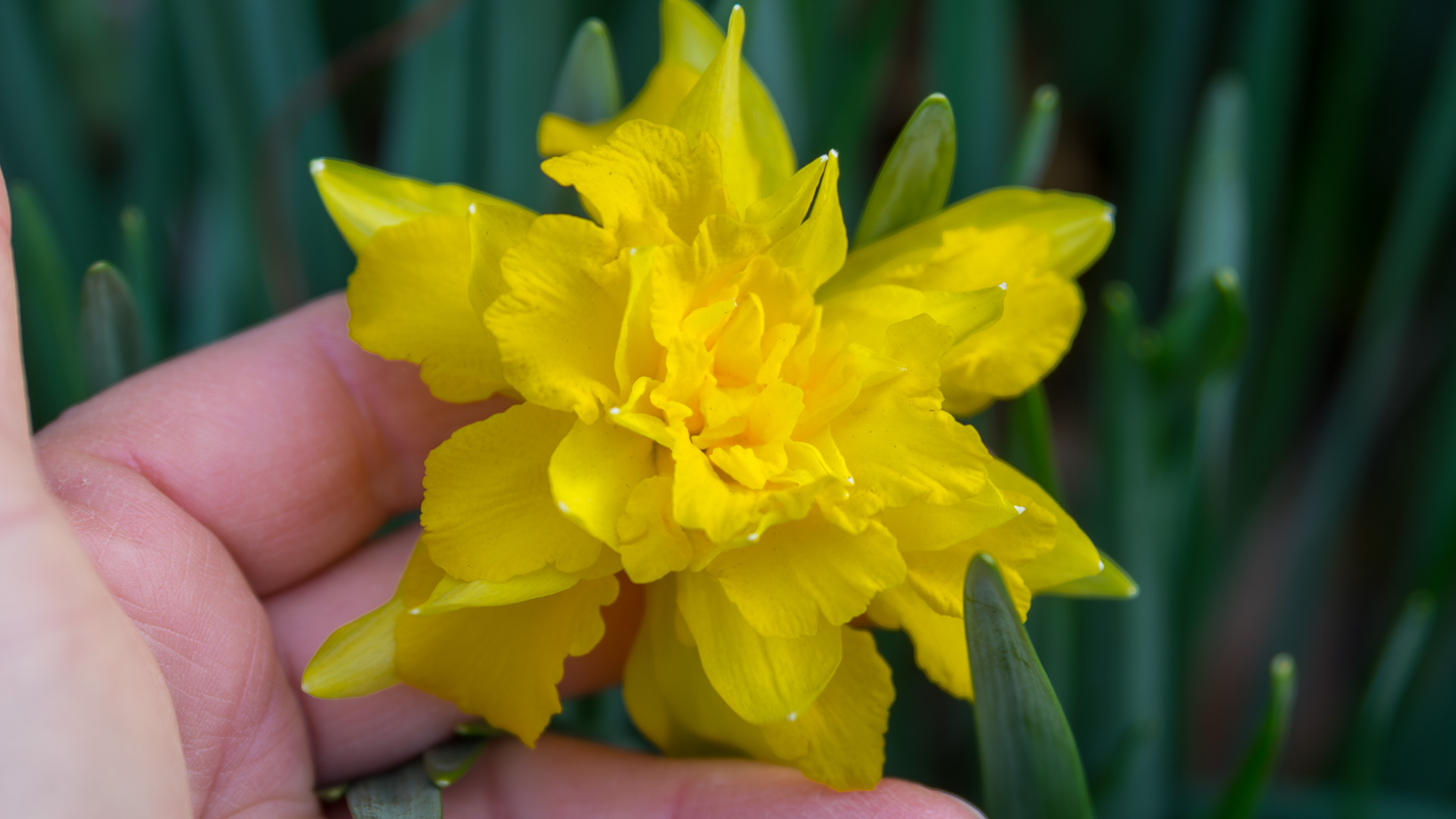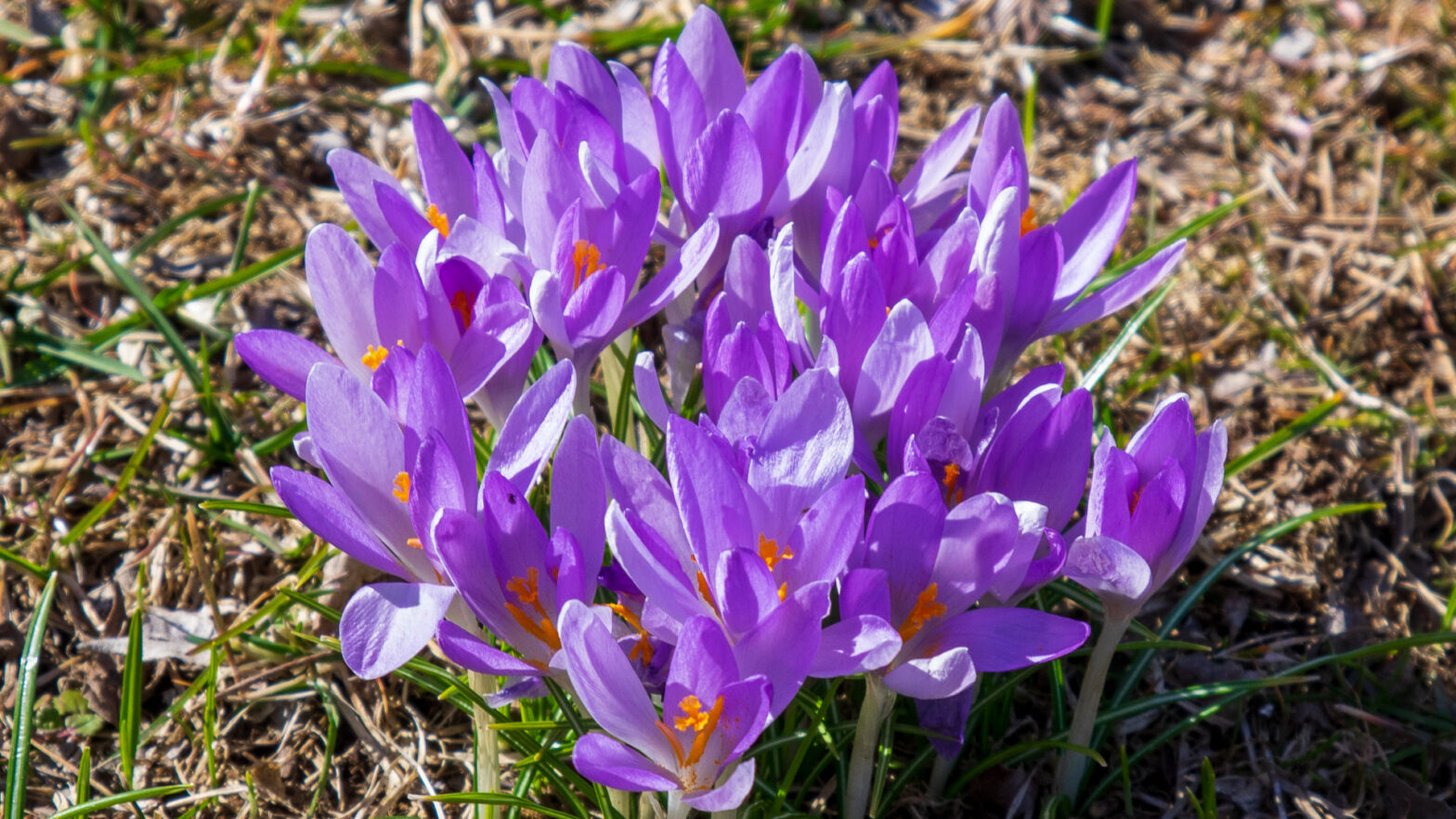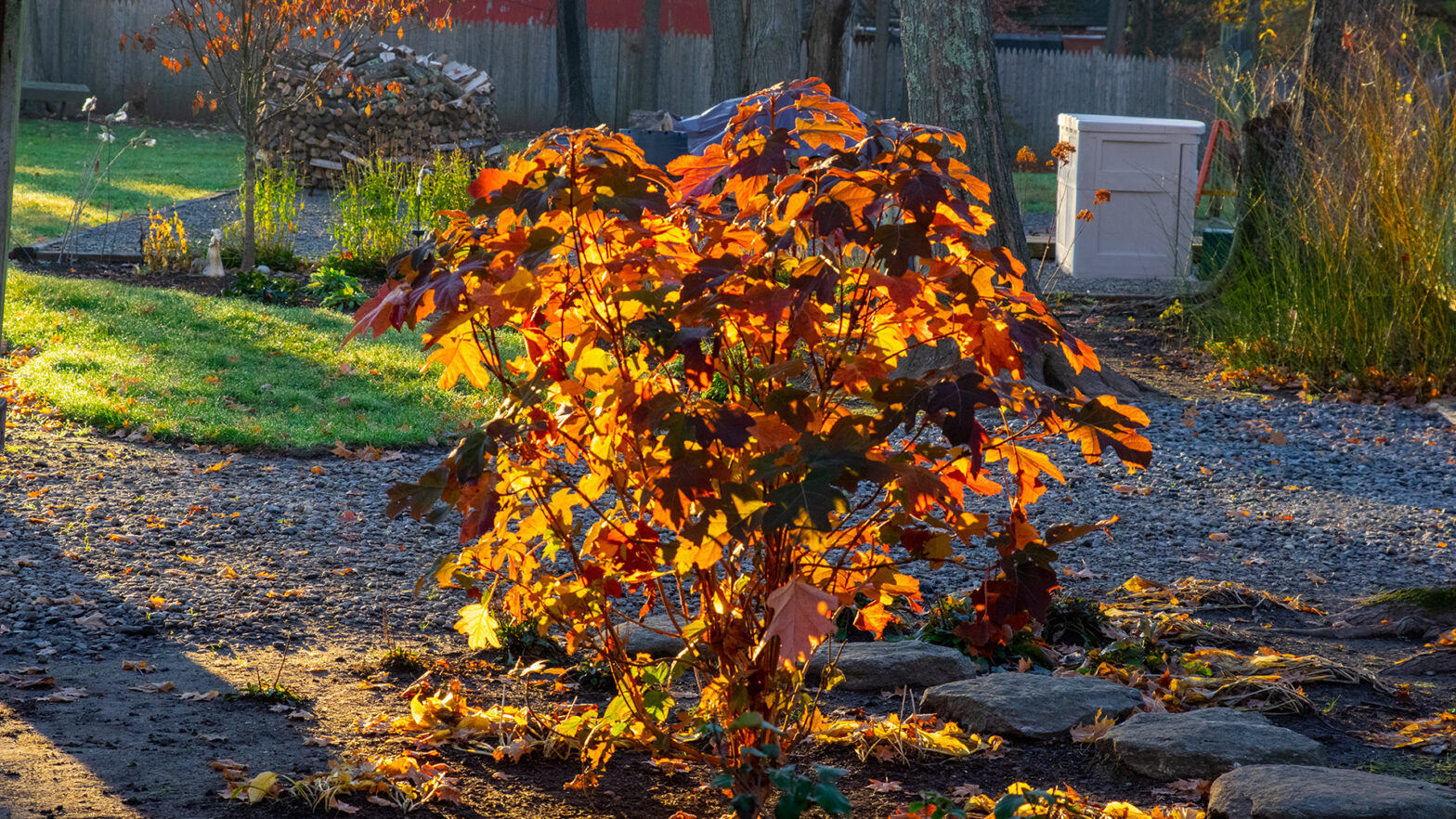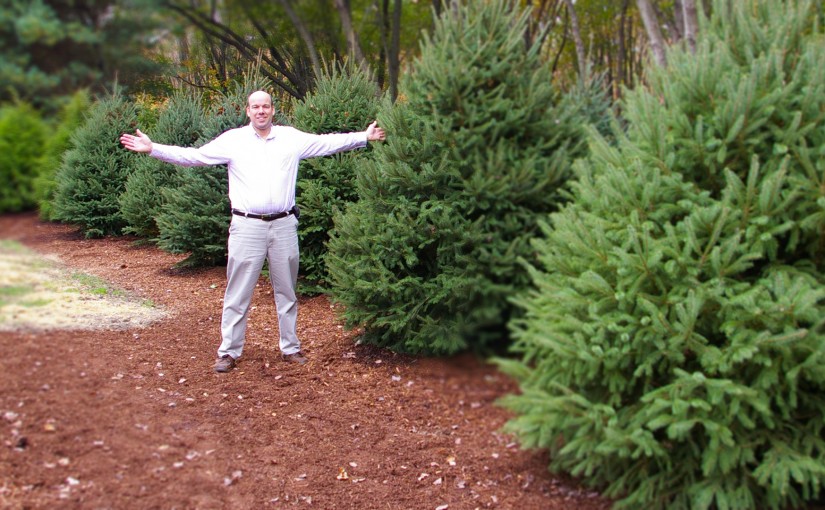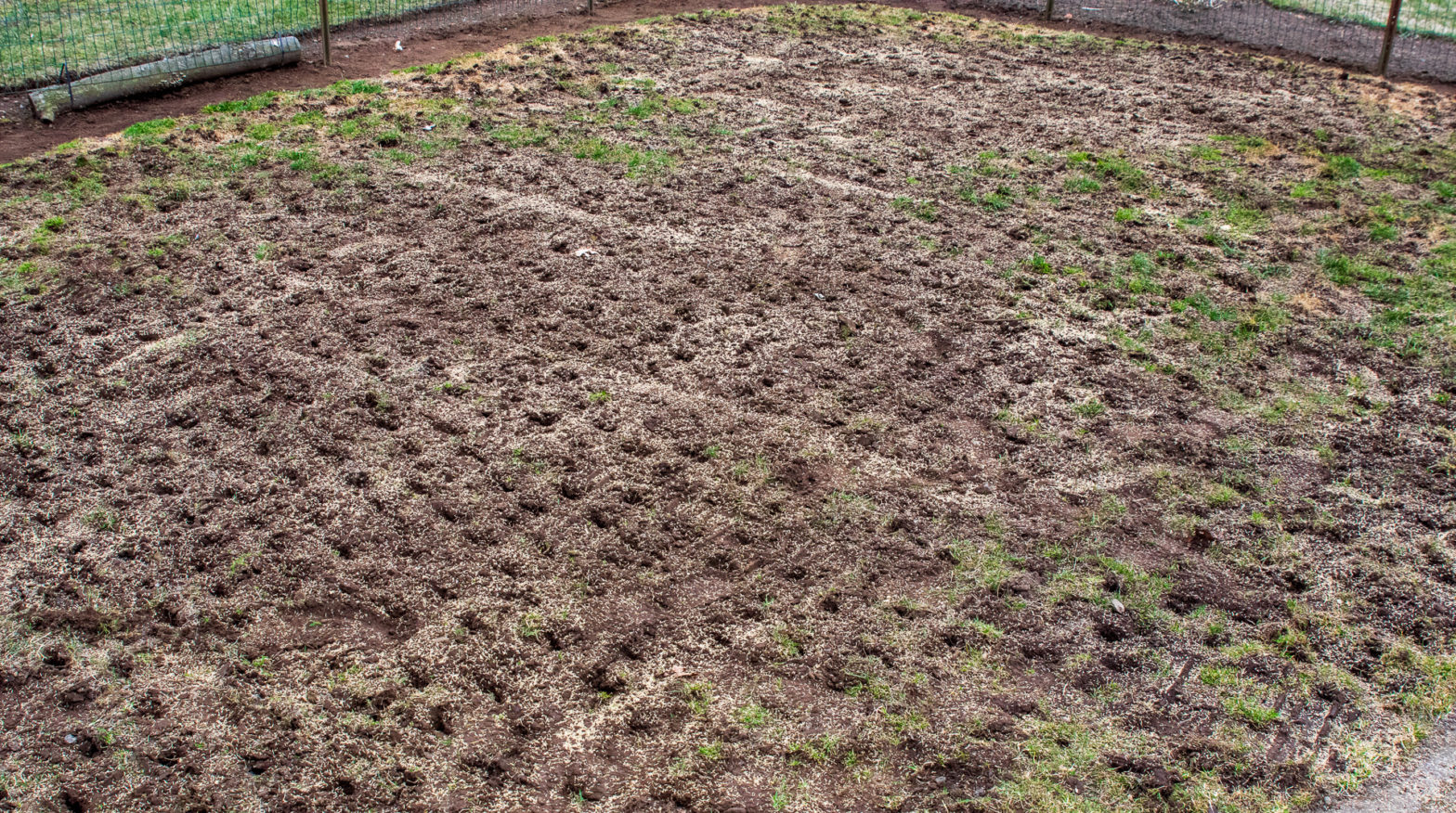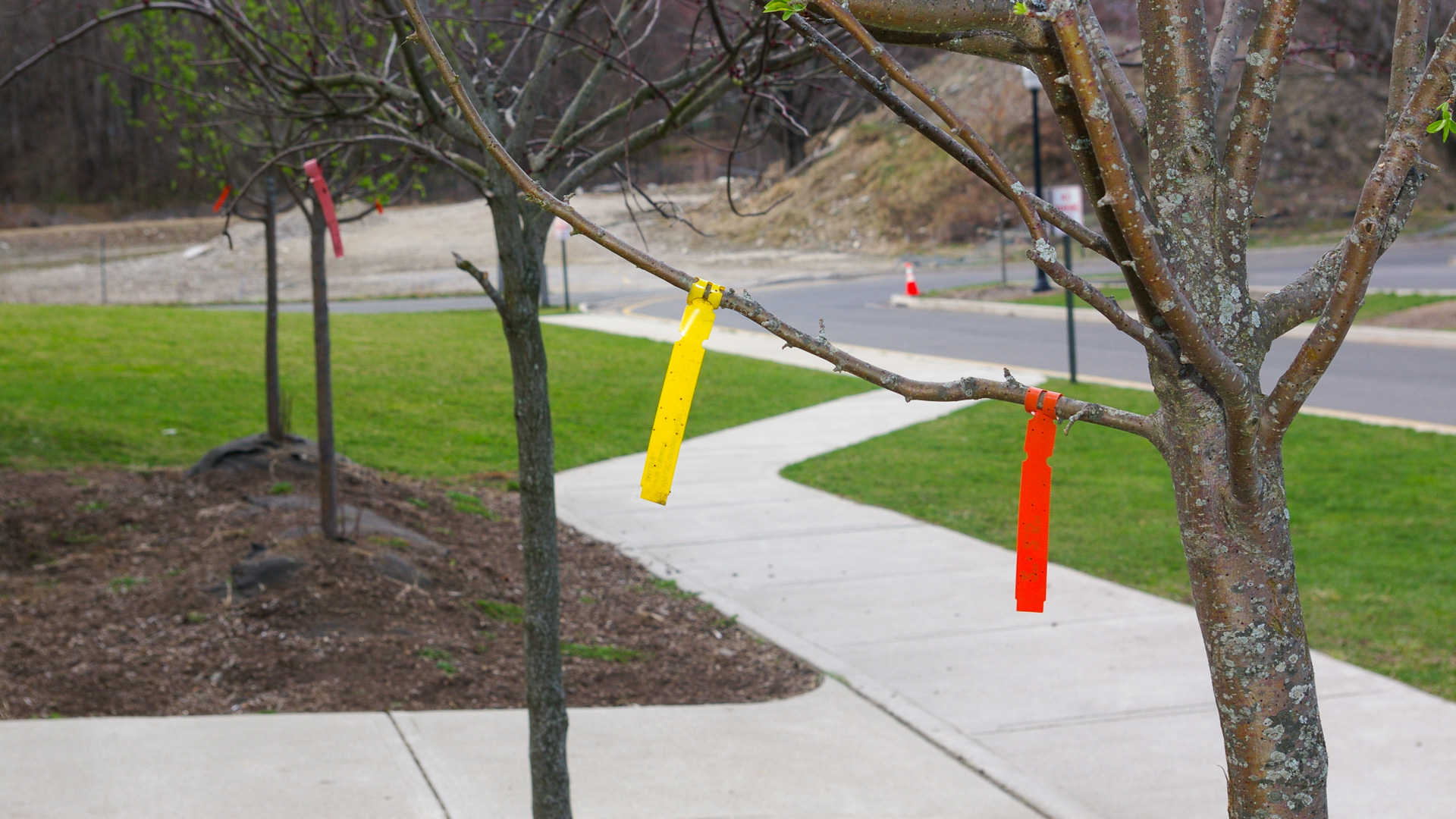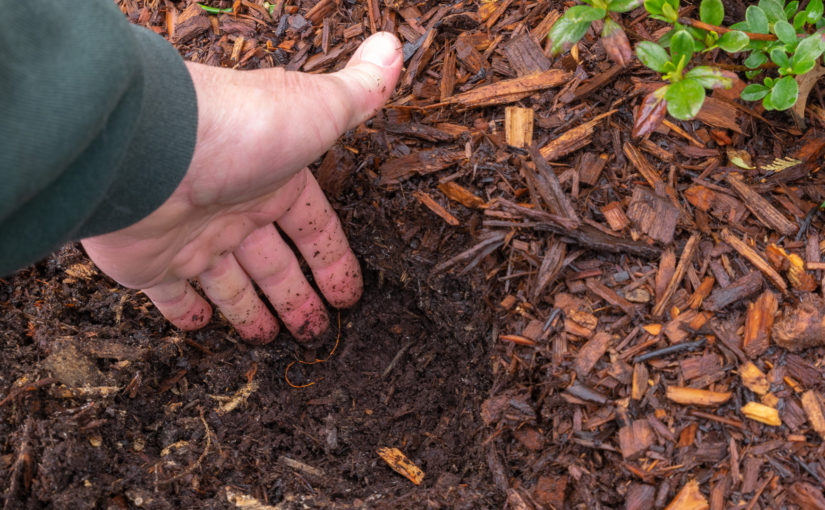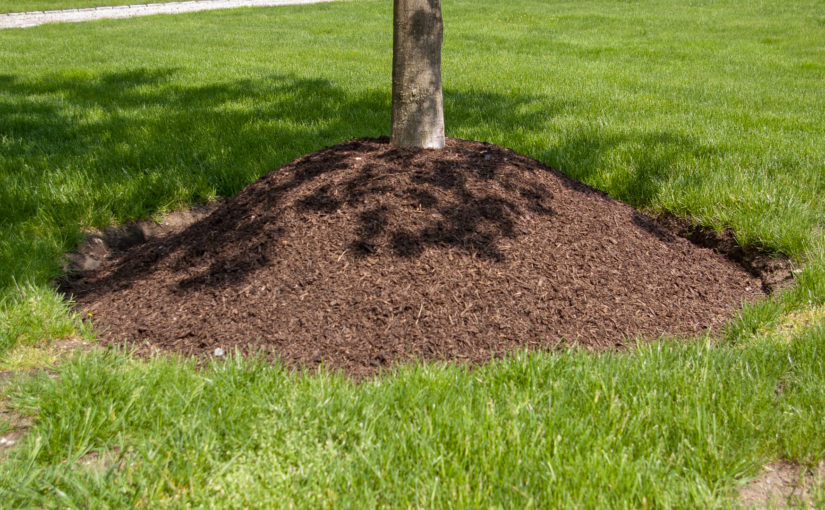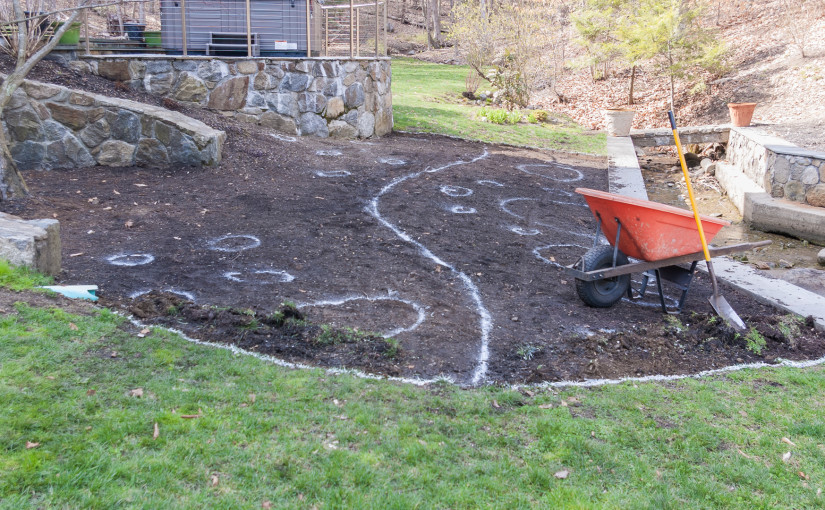I’ve admired a daffodil growing along the road for years.
It’s a double, or more, flower with tattered-looking petals that resemble the feathers on a Polish Chicken’s head.
Van Sion Daffodil is Very Hardy
These photos were taken near a cemetery dating back to 1757.
The Van Sion daffodils grow in grass, weeds and sumac.

By mid-summer, the foliage will be mowed for road maintenance.
Van Sion Daffodil Flowers
Van Sion Daffodil flowers can vary significantly depending on the weather or other conditions.

First-year Van Sion Daffodil blooms can look like more traditional double-flowering daffodils.
Yet, the daffodil’s authentic ‘wildness’ emerges after the first year, forming a loose flower with many petals.
This is what I’m used to seeing in my neighborhood.

Van Sion Daffodil is a Slow Grower
Van Sion Daffodil is an extremely slow grower.
I discovered this volunteer growing in a patch of pachysandra and transplanted it to a more hospitable spot.
When I transplanted the volunteer, it had a flower, but three years later, it has only two flowers.

Van Sion Daffodil History and Nomenclature
Van Sion Daffodil has been in literature since the 1600s.
Van Sion Daffodil (Narcissus ‘Van Sion’)is also called Telamonius Plenus Daffodil (Narcissus ‘Telamonius Plenus’).
For More Information about Van Sion Daffodil
To learn more about Van Sion Daffodil, also known as Narcissus ‘Telamonius Plenus’, select a link below:
- Telamonius Plenus – DaffSeek – Daffodil Database with Photos
- A Confusing, 400-Year-Old Classic – Old House Gardens
- Narcissus ‘Telamonius Plenus’ – Phoenix Perennials and Specialty Plants
- Narcissus ‘Telamonius Plenus’ – the resilient daffodil – The Royal Horticultural Society
- Golden Oldies! – Paddy Tobin, An Irish Gardener
